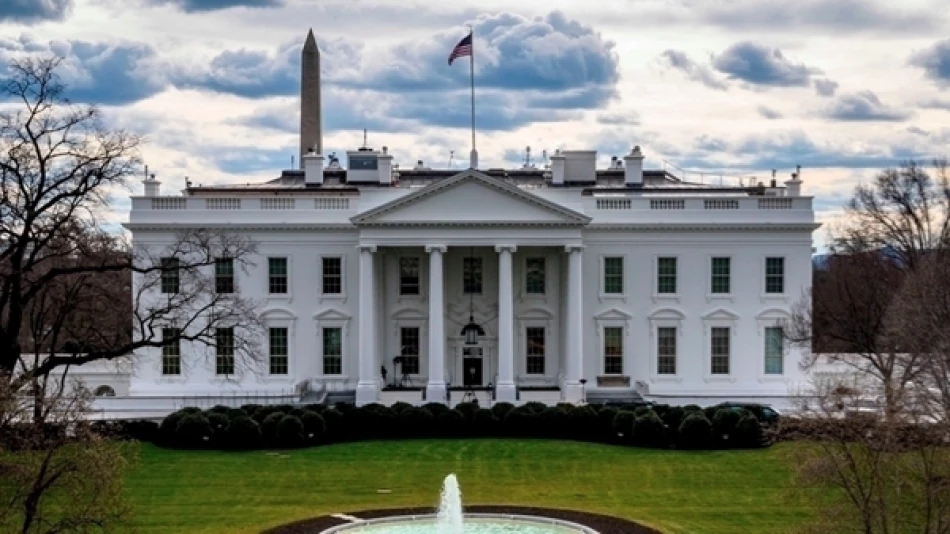
White House Unveils Comprehensive AI Policy Roadmap to Drive Innovation and Responsible Development
Trump's AI Strategy Weaponizes Open Source to Counter China's Tech Dominance
The White House unveiled an ambitious artificial intelligence policy framework Wednesday that positions open-source AI as America's primary weapon in the global tech race against China. The plan explicitly targets "global dominance" while using federal funding as leverage to override state-level AI regulations that the administration deems too restrictive.
Open Source as Geopolitical Strategy
President Trump's AI blueprint takes an unconventional approach by championing free access to AI models worldwide. The policy calls for making open-source AI models available for anyone globally to download and modify without cost. This represents a stark departure from the typical closed-ecosystem approach favored by major tech companies like OpenAI and Google.
The strategy appears designed to flood global markets with American-developed AI tools, potentially undermining China's efforts to build indigenous AI capabilities. By making US models freely accessible, the administration hopes to establish American AI standards as the global default—similar to how Microsoft Windows dominated personal computing in the 1990s.
Targeting China's AI Censorship Machine
The plan specifically directs the Commerce Department to investigate Chinese AI models for embedded censorship and dialogue controls. This research initiative signals Washington's intent to expose how Beijing integrates political messaging and content restrictions into its AI systems.
Chinese AI models like Baidu's ERNIE and Alibaba's Tongyi Qianwen are known to avoid sensitive political topics and promote state-approved narratives. By highlighting these limitations, the US aims to position its open-source alternatives as more transparent and trustworthy options for international users.
Federal Funding as Political Leverage
Perhaps the most controversial element involves withholding federal AI funding from states with "difficult" regulations. This approach mirrors tactics used in previous federal-state disputes over highway funding and healthcare policies.
States like California, which has proposed comprehensive AI safety legislation, could find themselves at odds with federal priorities. The policy creates a clear incentive structure: embrace the administration's deregulatory approach or lose access to federal AI research dollars.
Market Implications and Industry Response
For investors and tech companies, this framework presents both opportunities and risks. Open-source mandates could accelerate AI adoption across industries by removing cost barriers, potentially expanding the total addressable market for AI applications and services.
However, companies that rely on proprietary AI models as competitive advantages may face pressure to open their technologies. This could particularly impact firms like Anthropic and OpenAI, whose business models depend on controlling access to their most advanced systems.
The policy also suggests increased government scrutiny of AI partnerships with Chinese entities, potentially complicating international research collaborations and joint ventures.
Historical Precedent and Global Context
This strategy echoes Cold War-era technology competition, when the US promoted open standards and free information flow as alternatives to Soviet closed systems. The approach also mirrors how American internet protocols and software standards became global norms through widespread adoption rather than government mandate.
Unlike the EU's regulatory-heavy approach to AI governance or China's state-directed development model, the US is betting that market-driven innovation combined with strategic openness will secure technological leadership. The success of this approach will likely depend on whether American AI models can maintain quality advantages while being freely distributed.
Most Viewed News

 Layla Al Mansoori
Layla Al Mansoori






